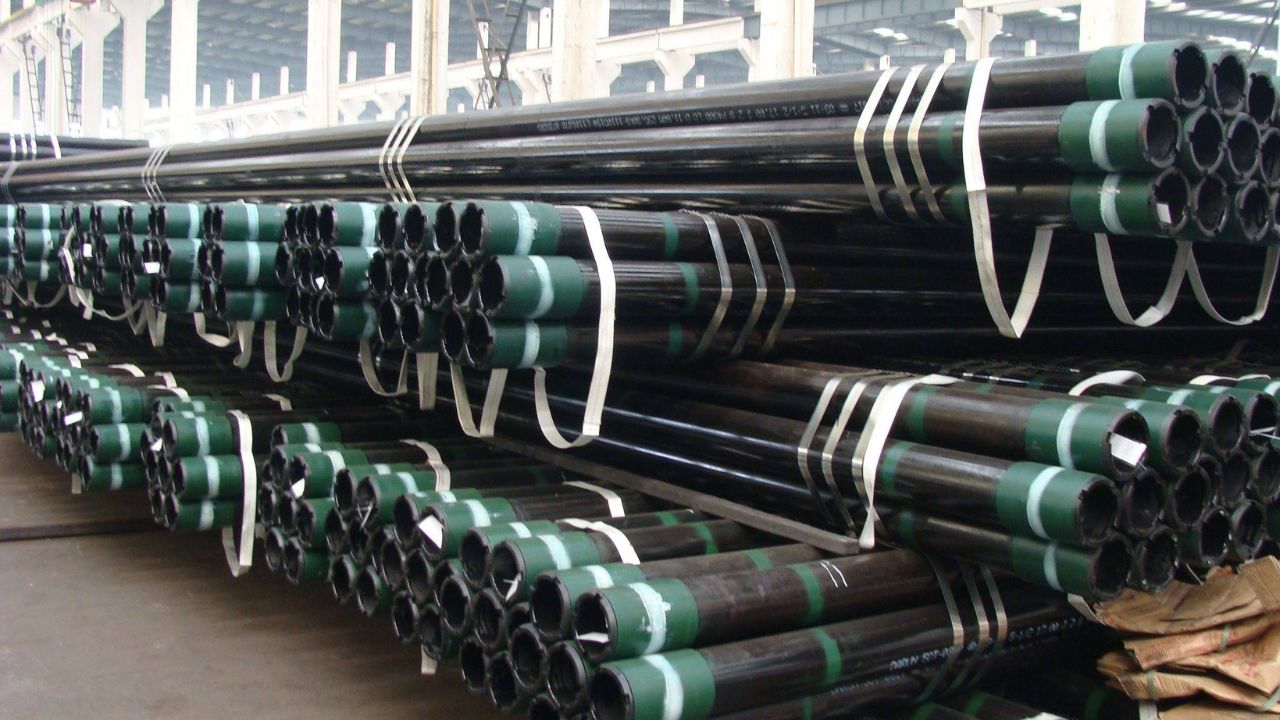Selecting the proper casing pipe is extremely important as the oil and gas industry develops. Casing Pipe-Steel Casing Pipe size chart is necessary for well construction because it helps maintain the well, prevents contamination, and keeps drilling safe and efficient. By 2025, better technology, stricter rules, and a desire for more customization are changing how people judge casing pipe suppliers and products. It is important for anyone looking for great casing to know what to look for in a casing solution.
Learning About the Importance of Casing Pipe
A casing pipe is a big pipe that is put inside a wellbore and then cemented to maintain the well’s stability. It stops the borehole from caving in, separates the well’s pressure zones, and shields the well stream from outside pollution. Also, the casing is used to connect the production tubing and keep the well safe from pressures inside and outside the well. Because casing is only used once and influences well operation, it must be made from strong materials and manufactured with great care.
Following the standards set by API
By 2025, buyers should choose casing pipe that meets standards such as API 5CT which are recognized worldwide. This specification guarantees that the casing is strong enough, works well under pressure and is not affected by the environment. In many situations and types of rock, grades such as K55, H40, R95 and P110 are used regularly. Customers should see that the product has API certification and has also been inspected by a third party to confirm its quality and compliance.
Having certifications and Tests
A reliable manufacturer will do more than only meet the minimum requirements. Certificates and tests provided by independent organizations prove the product’s reliability. It is important for buyers to check that the casing has been tested without damage, inspected for size and examined for its chemical makeup. Where safety is absolutely key, using third-party verification is now required, not optional.
Material Characteristics and Function
Pressure levels, the environment’s corrosiveness and the anticipated loads must guide the choice of casing pipe. Because of their ability to resist the rigors of downhole use, high-performance steel is being requested more often in 2025. The casing pipe must be strong, hard and able to resist impacts. The way the material is built decides how the pipe performs and how it resists corrosion.
Accuracy in Dimensions and the Size of the Part
Casing pipe is available in many different sizes and wall thicknesses, generally from 5 1/2 inches to 20 inches. The pipe chosen by buyers must be the right size and thread type as needed by the well design. Coupling, load-bearing and cementing work smoothly only when the pieces are of the correct dimension. A qualified supplier will supply a complete size chart and can modify the dimensions to match the buyer’s plans for drilling.
Customization Capabilities
The unique challenges in oil and gas fields call for special solutions. By 2025, manufacturers are using custom casing pipe as a major way to distinguish themselves. A supplier’s ability to adjust wall thickness, outer diameter or type of end processing can greatly affect whether a project succeeds. Custom fabrication allows the casing to fit both the site’s design and the way it will be used.
After-Sales Assistance and Technical Assistance
Improving product quality is not enough to ensure success in field operations. When making a decision, buyers should assess the manufacturer’s commitment to helping after the sale. A reliable supplier will guide you on which pipes to choose using details about the geology, depth and pressure. It is also important to have responsive after-sales service for handling problems, looking after warranties and making replacements on time.
The Company’s Production Skills and Background
Having experience is important in the oilfield industry. Those companies with a lengthy production history such as over two decades, can rely on their expertise. A reliable supplier is known by its advanced production, automated inspection and serial numbers that can be traced. Buyers ought to find partners who regularly invest in quality, invent new ideas and keep their operations running smoothly.
The Company’s Presence and Reputation around the Globe
It is also important to pay attention to the supplier’s reputation. In the year 2025, the strength of a manufacturer’s partnerships and client achievements will still reflect their reliability. Businesses that export and follow different regulations normally keep their production levels high. You can learn a lot about a manufacturer by reading online reviews, case studies, and getting opinions from industry professionals.
Conclusion
In 2025, picking the right casing pipe calls for a thorough assessment of compliance, customization, and technical help. More complex drilling environments mean that casing solutions must be precise, high-quality, and reliable. Those who check all the important points are more likely to purchase products that help the business and keep everyone safe. Because of its experience, international certifications, and dedication to meeting customer needs, PandaPipe is a trusted name for providing high-quality casing pipes today.


